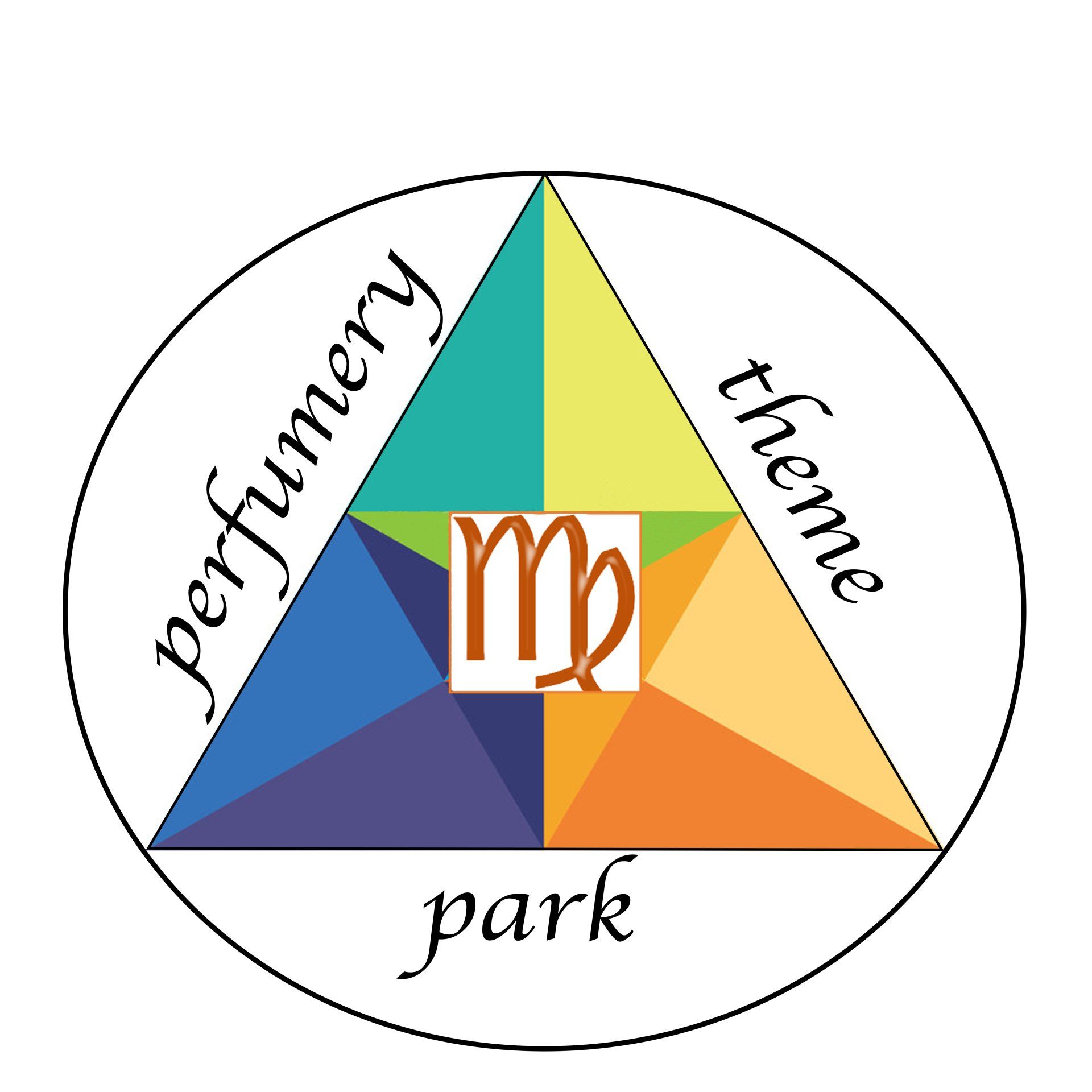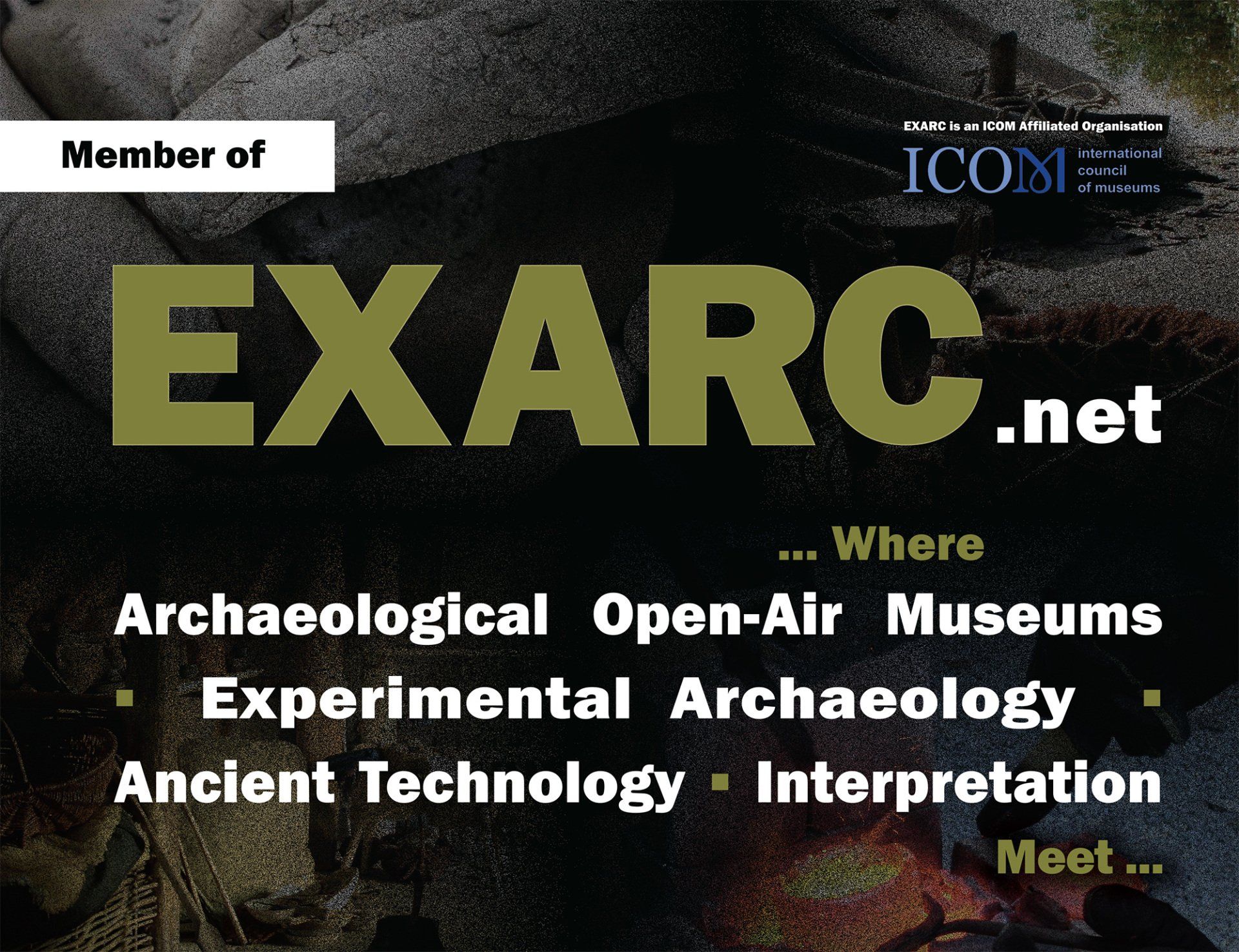PROTOCOL OF EXPERIMENTAL ARCHAEOLOGY PERFORMED BY CYPRUS PERFUME THEME PARK
Introduction:
- It is obviously impossible the use of chemical “Reverse engineering” to remake the ancient perfumes, however a correct protocol of experimental archaeology may reveal much information about the knowledge, process, and philosophy regarding the production of something that still today has a primary importance in human life and around which a turnover of incalculable value moves.
- Considering that a protocol of experimental archaeology is valid when it respects the archaeological original parameters on which the hypothesis has been made, regarding materials, archaeological context, geographical location and social environment, our protocol regards the evolution of the techniques to produce perfumes in ancient circum-Mediterranean cultures, in BC time, including maceration, and enfleurage in animal and vegetable fats, distillation, and binary employ of different techniques.
Aim:
-The aim of the protocol is not simply to demonstrate that it is possible to produce perfumes following the ancient recipes and using replicas of the apparatuses, but to experiment with various organic materials (plants) to have been utilized in the production of ointments, essential oils, hydrosol and oil perfumes. Specifically, to learn how different objects/apparatuses and different plants responded in the production and conserving of fragrances, and how many people and time factor have been involved in various stages of manufacture, considering the casualty, knowledge and cultural heritage in terms of evolution of different technologies.
The experimental archaeology steps:
1- Converting hypothesis into a verifiable form
2- Selecting the experimental materials
3- Operating with the objective and effective materials
4- Observing the results of the experiment
5- Interpreting the results of the experiments in different inferences.
The investigation parameters in each case include:
1-The recognition of the archaeological and historical data
2-The formulation of an inductive inference
3-The distinction of convincing data
4-The formulation of a probable interpretation.
Archaeological evidence:
For implements and apparatuses five orders of evidence are considered:
1- Formal properties size and typology.
2- Analogy with objects coming from similar environment, contemporary situation and
geographic area
3- Skeuomorphism with more recent and modern objects used for the same purpose
4- Limitations imposed by the formal properties for a possible different use
5- Social involvement and cultural evolution of the people that produced and used fragrances
An example of the methodology applied to each evidence:
- Indicative data:
the alembic of Pyrgos is composed of four pieces
- Indicative conclusion:
the apparatus was used for distillation
- Probative data: the four pieces of pottery match together
- The form
is almost identical to apparatus still used in India
- The India apparatus
is extensively used for distillation of fragrant plants and flowers
- Probabilistic inference:
the Pyrgos’ apparatus is a primitive alembic for distillation
- The experimental prove with replicas
demonstrates it is really an apparatus for
distillation.
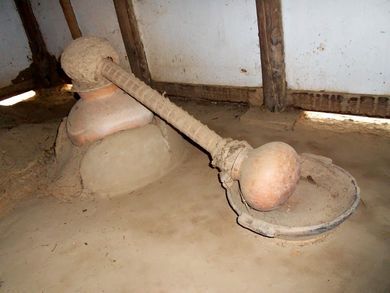
Manjpur India: Modern set for distillation
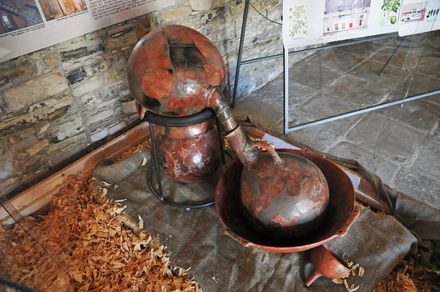
Pyrgos alembic set
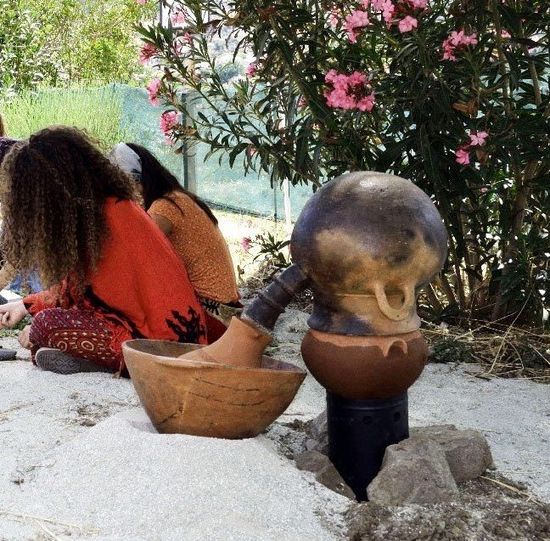
Experimental prove in Korakou (Cy)
Vote of credibility: 5
Conclusion:
- We hope that from the results of the comparative study it will be possible to understand if the technological process put in place is the one used in the past. In the impossibility of having direct testimonies, these results can be considered plausible proves of the hypotheses formulated.
- From the same results, the social aspect and the commercial implications on which much of the current academic discussion is running can be assessed through historical comparisons.
- For each of these cases of study, we will give a vote of credibility, from one to five, to compare with the experimental parameters used to make the text and equate the differences.
